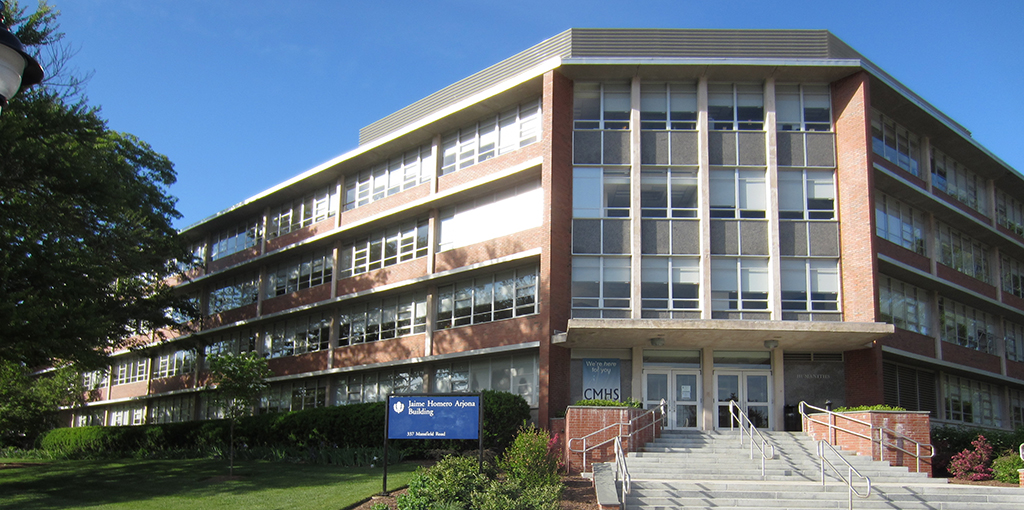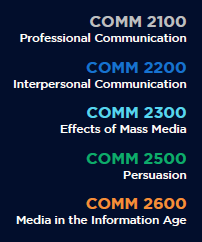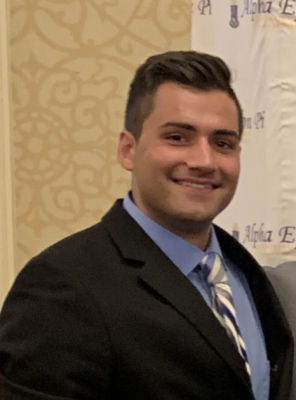https://youtu.be/E5K5Fw4kBxU
When it comes to building a schedule for the upcoming semester there are things that every student looks for: new courses and classes that only meet one time a week with no textbooks. If I’m being honest, that was why I enrolled in Digital Production. Little did I know I enrolled in an incredibly enriching applied course that would allow me to unleash my creativity in ways I’ve never been able to before.
Walking into the first class of Digital Production I was concerned because there were only 35 people in a 150 person lecture hall, and I assumed no one even bothered to show up. I later learned that the course was designed to use a big lecture hall so we could use class time to collaborate. As Professor Stifano walked in, it was clear that something was going to be different about this course as the first thing he said was “I’m Professor Stifano, but you can call me Steve. If I could be wearing sweatpants I would be.” The course is presented in a very relaxed manner, allowing every student to feel comfortable sharing ideas and thoughts about projects they are making. The greatest part about a small class size setting is that you get to develop a strong bond with your classmates to create things that are more than just a group project. We created stories, we created movements, we created news, collectively.
With equipment provided by the Communication Department, the only thing that we had to worry about was coming up with ideas, and making them come to life through photo essays and short films. While many courses that are required for the Communication major stress theoretical approaches, this course allows us to test out those theories. Professor Stifano gave us complete freedom to turn our passions into visions. By pushing us to ask ourselves what we’re afraid of, what we care about, what we believe in, we could exemplify those things in our images and films.
Initially my classmates and I were nervous about operating equipment, coming up with new ideas, and editing films. It’s one thing to read about how to do these things, but to actually get our hands dirty and develop those skills allowed us as students and artists to build off of each other and create really amazing projects. Every single group developed friendships that continued outside and after the class.
Communication is a lot more than just learning how to speak to one another. This class explores the way that we can communicate through different types of media. Communication becomes an art in this course because of the way the we carefully design each message. We learn about media bias, hypodermic needle model, and decoding messages in every communication course that we take, but this class allowed us to experiment with them in our own projects.
Professor Stifano’s passion for the class and respect for all of our projects and ideas makes COMM 2940 an environment where students can thrive.



 Every semester, students take their passion for communication to the industry by interning for various companies and organizations. Over the years, students in the Department of Communication have had the opportunity to be a part of prestigious intern programs throughout the country. Jeremy Karew, a 2020 graduate of the graduate of UConn and a Communication major held a particularly interesting internship that prepared him for life after college.
Every semester, students take their passion for communication to the industry by interning for various companies and organizations. Over the years, students in the Department of Communication have had the opportunity to be a part of prestigious intern programs throughout the country. Jeremy Karew, a 2020 graduate of the graduate of UConn and a Communication major held a particularly interesting internship that prepared him for life after college.